I recently purchased some old Hasselblad filters from eBay, one of which was this 'Pictrol adjustable soft focus unit'. There's not much info on it on the web, so I thought I'd do a quick write up showing how much softness it can add to an image.
The unit I purchased came with a Hasselblad fitting (it says B50 on it), but it appears that they originally used a thumbscrew system, where you would tighten screws around the unit's collar onto the lens. You can read more about it and see a unit with the thumbscrews mounting method here: Arkay PICTROL - Pictorial Control Special effect diffusing attachment.
The Hasselblad mount on mine was just glued onto the device, so I managed to remove it with a bit of force. It didn't come with any thumbscrews. I did find some bolts that would fit, they are around 3-4 mm in diameter. Below you can see the unit with a hole for a thumbscrew showing.
The unit features a ring around the centre of the outside, and turning this ring contracts an iris at the centre made from clear plastic. It is these clear plastic iris blades that create the softening effect. The tighter the iris, the more softening you'll get.
The ring is labelled from 1 (iris fully open) then 2, 3, 4, 5, 6, 7, 8, 9, 0, A, B, C, and finally D (iris fully closed). There are no click stops, so you can position the ring at any point between these markings. I find on my unit that the ring becomes much stiffer to turn after 9.
The opening of the unit is approximately 40 mm at the iris and 52 mm at the lens collar. So you can slip the unit over a lens that has a diameter of 52 mm or less. A 52 mm or 58 mm adapter ring would make a good fit to glue on the top of the collar.
After testing various ways of attaching it to a lens, I ended up gluing a 49mm filter ring inside the rear of the device, so the threads just stick out at the end. This enabled me to mount it straight onto any lens with a 49mm thread. And any lens with a different thread size can be mounted using a step down or step up ring.
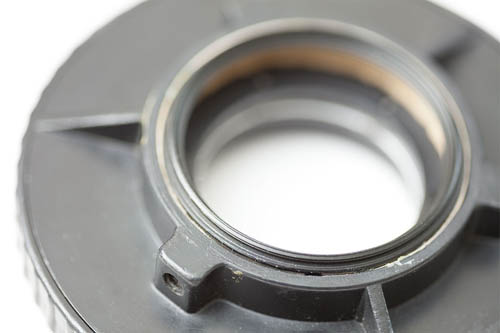
With 49mm empty filter glued inside the rear (I used a thin strip of card to give the filter a tight fit).
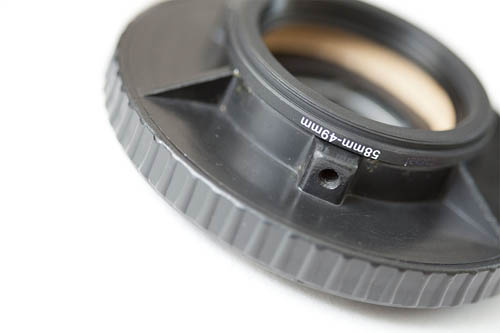
With a 58mm - 49mm step down adapter screwed on, it adds no more distance between the lens and the device than having the 58mm adapter glued straight onto the Pictrol.
Test
I tested the unit with my Fuji X-A1 (APS-C sensor) and 50 mm f/2.8 EL-Nikkor lens. The point at which the device starts softening the image would vary depending on the lens and sensor size.
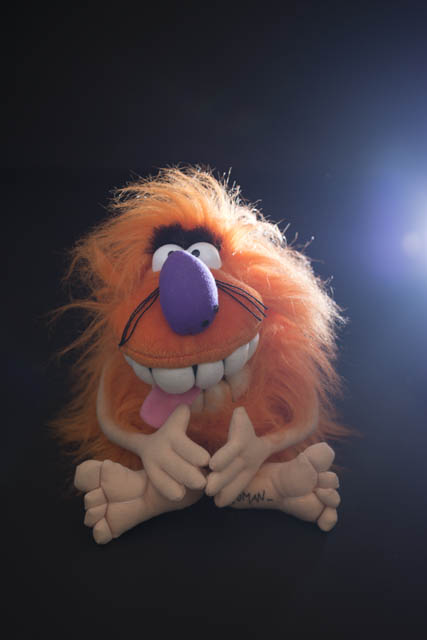
Bare lens

Pictrol set to 1 (open)

Pictrol set to 2

Pictrol set to 3

Pictrol set to 4

Pictrol set to 5

Pictrol set to 6

Pictrol set to 7 (half open)

Pictrol set to 8

Pictrol set to 9

Pictrol set to 0

Pictrol set to A

Pictrol set to B

Pictrol set to C

Pictrol set to D (fully closed)
100% crops

Bare lens

Pictrol set to 1 (open)

Pictrol set to 2

Pictrol set to 3

Pictrol set to 4

Pictrol set to 5

Pictrol set to 6

Pictrol set to 7 (half open)

Pictrol set to 8

Pictrol set to 9

Pictrol set to 0

Pictrol set to A

Pictrol set to B

Pictrol set to C

Pictrol set to D (fully closed)
As you can see, it takes a while until the device starts to have an effect with the lens / camera combination I used. We start to get more of a glow once we reach the 9 setting. If you have a light source in, or on the edge of the frame, as I did here, the device will cause increasing flare as you close the iris.
The idea of a softening filter is to decrease microcontrast and add a bit of a glow without affecting sharpness. I would say that sharpness starts to be lost at around the 0 setting. At the B setting sharpness still isn't too bad though. At C we still have a bit of sharpness, but not much. At D we just have a blurry mess.
Compared to a standard softening filter the Pictrol has two big disadvantages. In terms of size it is pretty big, both in diameter and depth. Yet in terms of the image circle it covers, it is very small. It vignettes quite strongly in the corners when used with my 49 mm threaded Olympus 50mm f/1.8. And on my 52mm threaded Nikon 50mm f/1.4 the vignetting is so much to make the images unusable. (In terms of usage on a full frame camera).
With the 58mm threaded Canon 100mm lens I get very slight vignetting, which is not problematic at all.
The other big disadvantage is the large amount of flaring it can introduce. For this sort of image I think a bit of lens flare can add to the image, but really the amount of flare from the Pictrol is just too much, overwhelming the image.
Example images taken with OM 50mm f/1.8
I think these were taken around f/1.8 with the Pictrol set around 7 (around half-way between fully open and fully closed). Camera was the Canon 5D mkII.
Example images taken with Canon 100mm f/2.8 (non L)
These were mostly taken at f/2.8 (a few at f/3.2). The ones where the Pictrol was used, the device was set around 7 (around half-way between fully open and fully closed). Camera was the Canon 5D mkII.
With Pictrol - notice the soft glow around the flower
With Pictrol - when shooting into the light the image can become completely overwhelmed with flare
With Pictrol - by changing the angle so the sun isn't in / near the frame, flare can be eliminated
When the Pictrol is set to its minimum setting (1) it can still cause bad flare
With Pictrol - quite a lot of flare but I like the effect in this image
To sum up, while a variable soft focus filter sounds like a good idea, the Pictrol is not a particularly good implementation. The opening is too small to use without bad vignetting on many lenses. It can overwhelm an image with lens flare. And really, how useful is it actually to be able to control the degree of softness? Personally I'm happy with just two settings - normal (no filter) and soft (with filter).
If you really do need to control the amount of softness in an image, then you'd better off buying a defocus control lens. Yes, a lot more expensive, but also a lot better results. And if you don't need to control the amount of softness, then a normal soft focus filter will work fine without the issues of the Pictrol.

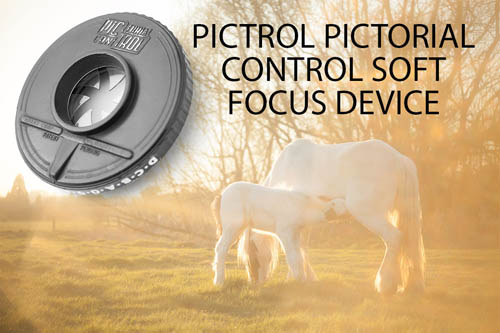
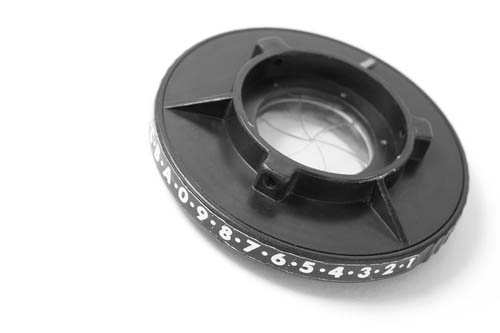

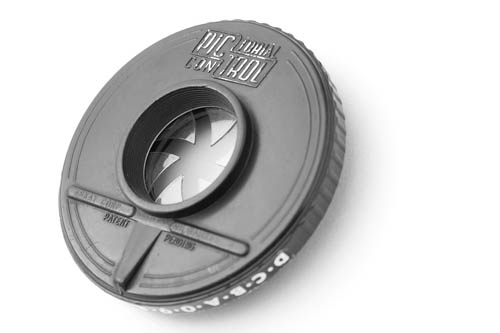

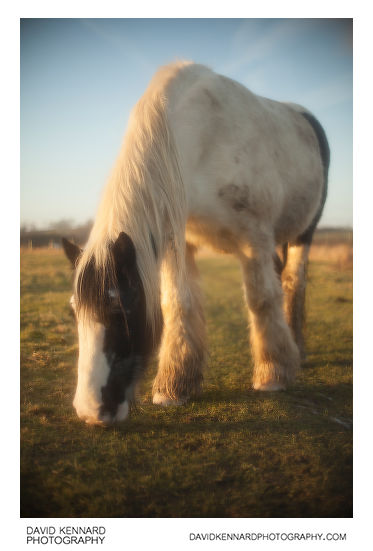
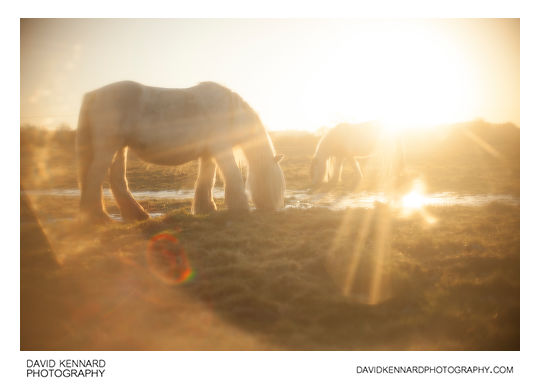
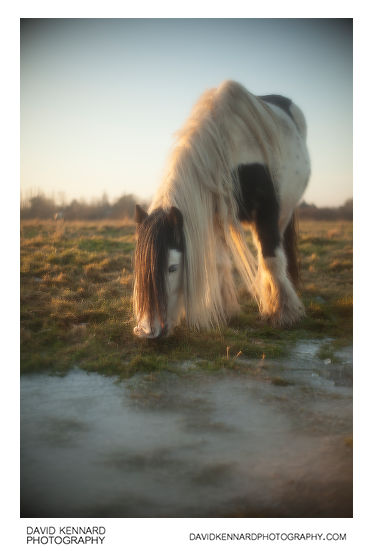

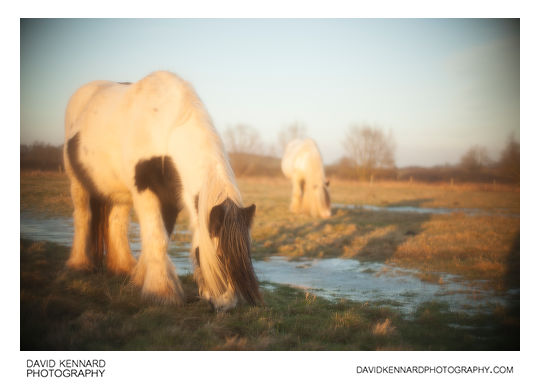
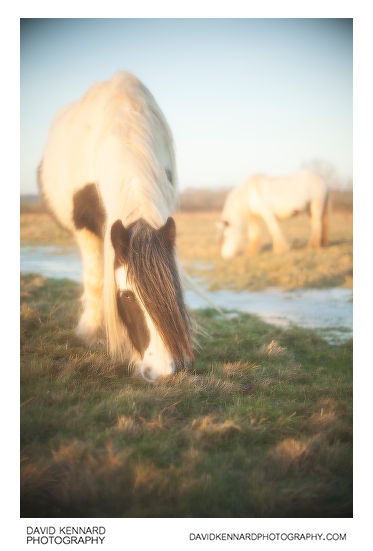
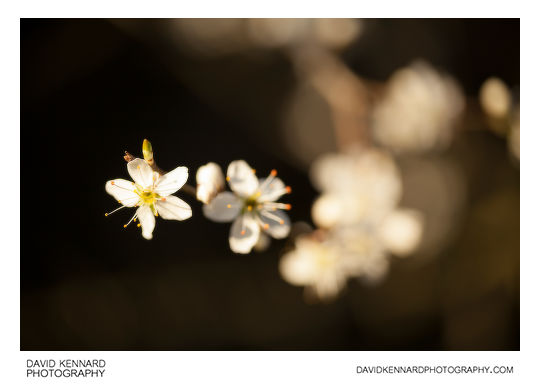
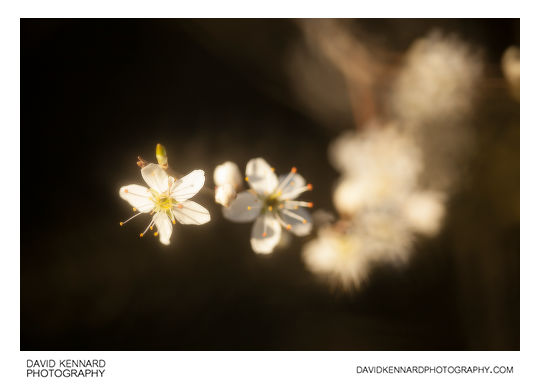
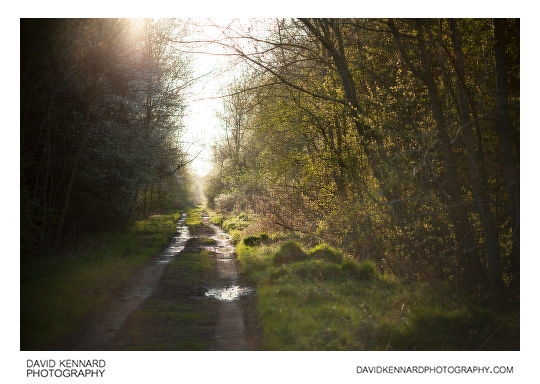
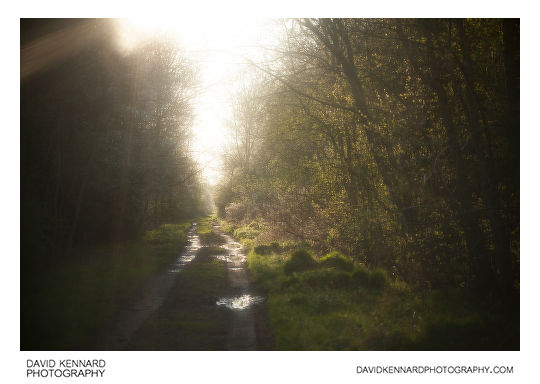
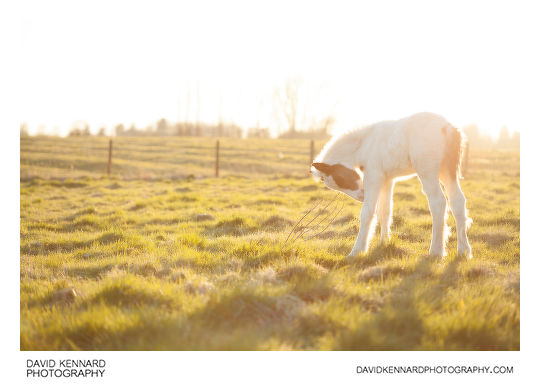
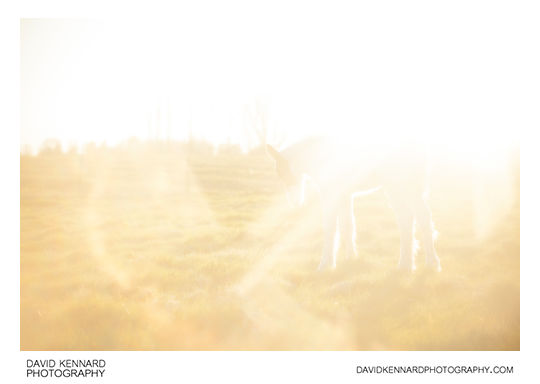
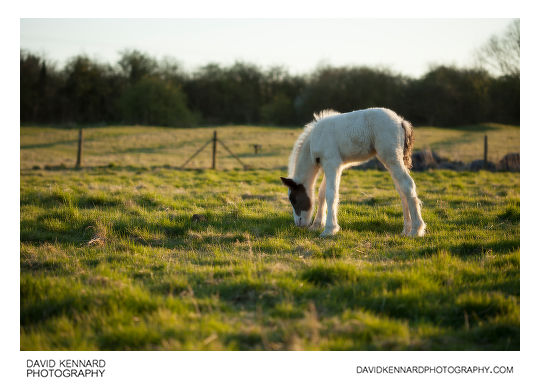
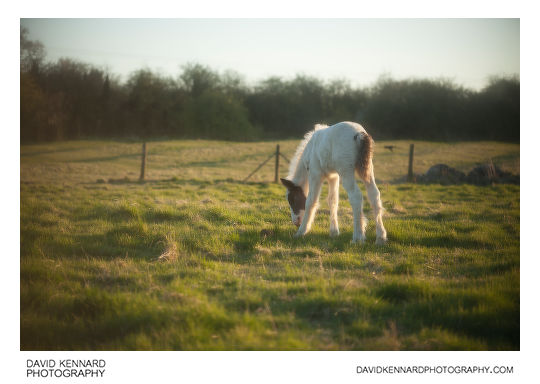
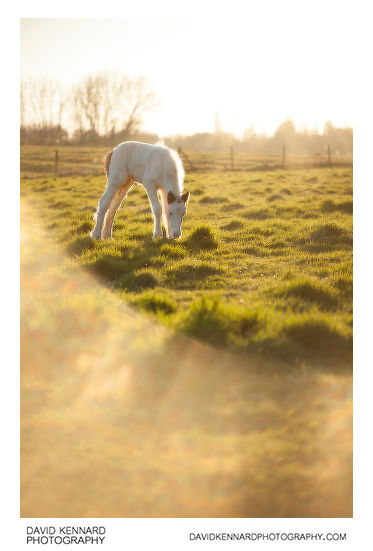
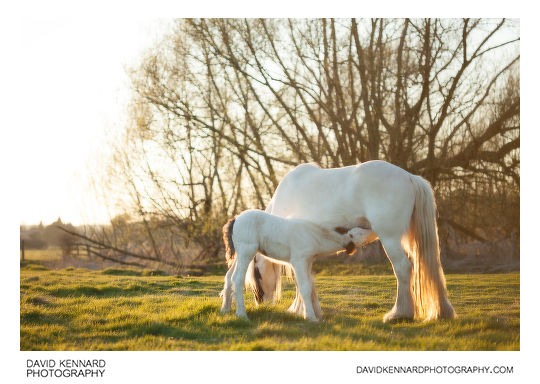
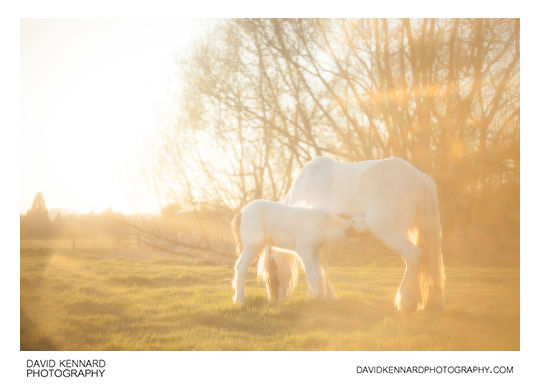
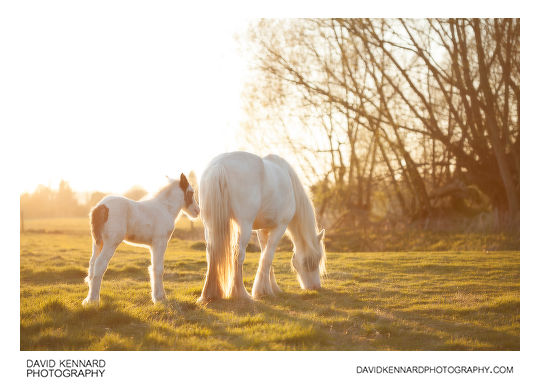
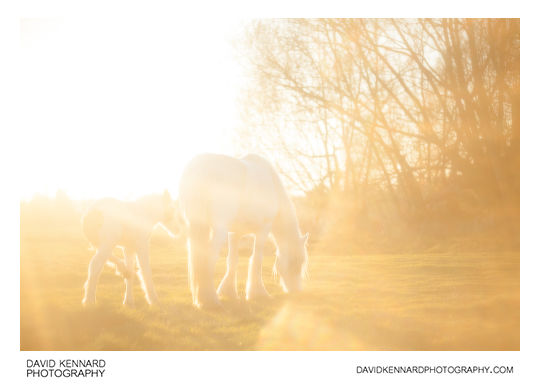
Leave a Reply